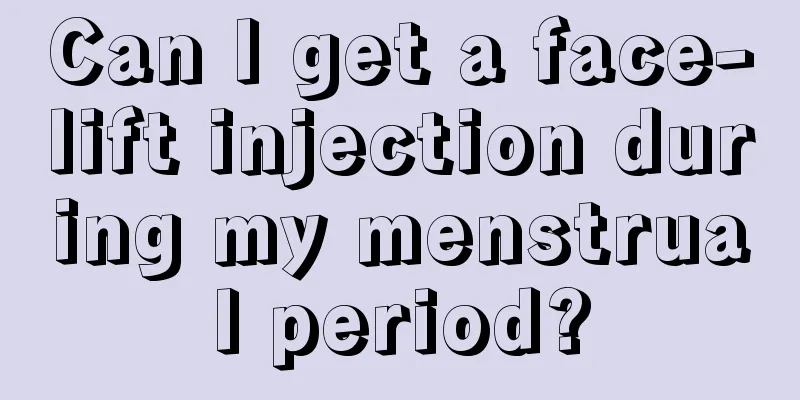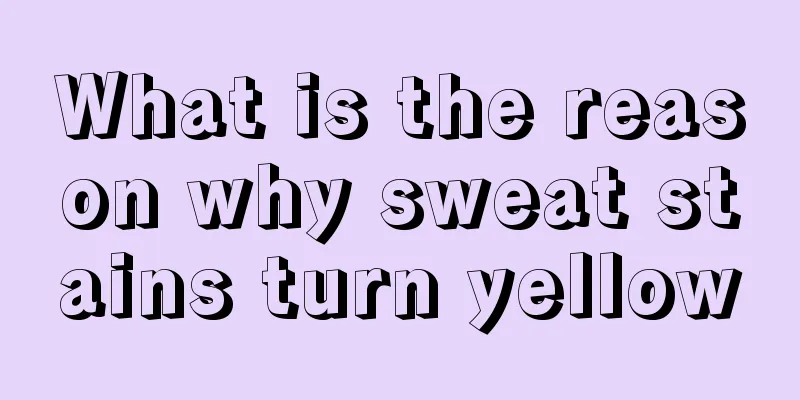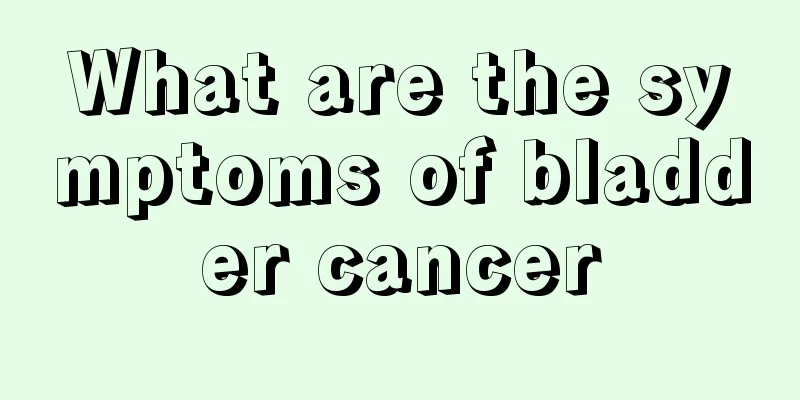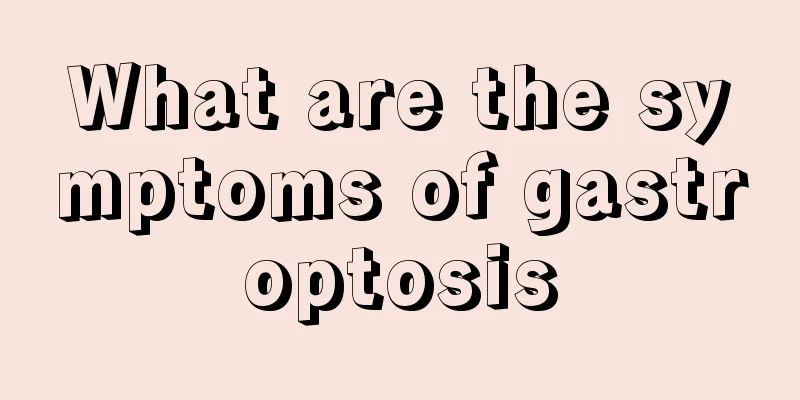What is the test method for tongue cancer

|
What are the laboratory tests for tongue cancer? Tongue cancer is a common type of oral cancer. This is mainly because the tongue is very sensitive. If it is stimulated, it is easy to deteriorate and become cancerous. It is important for patients to detect tongue cancer in time. So what are the laboratory tests for tongue cancer? There are several ways to check for tongue cancer: 1. MRI: It has the characteristics of high soft tissue resolution, multi-plane and multi-sequence imaging, can show the whole picture of soft tissue lesions and stereoscopic positioning, can show lesions at an early stage, and is superior to CT in terms of vascular invasion and tumor staging. It is a better imaging examination method for the oropharynx. Tongue cancer can be easily found based on MRI signal and morphological changes. Enhanced scanning can further clarify the scope of the tumor, and the histological nature of the tumor can be identified based on the curve of enhancement change over time. 2. B-ultrasound: Evaluate the size, shape, number and relationship of metastatic lymph nodes with important blood vessels in the neck. Ultrasound images show that metastatic lymph nodes are mostly round and low-echoic, and sometimes unevenly echoic. 3. Routine X-ray examination: Mandibular surface tomography to understand the mandibular bone destruction, chest X-ray to understand whether there are metastatic lesions in the lungs. 4. Laboratory examination: Routine blood tests are generally normal, but patients in the late stage often have changes such as erythropenia and accelerated erythrocyte sedimentation rate. 5. Pathological biopsy: The qualitative diagnostic standard for tongue cancer. Under block anesthesia, 0.5-1 cm of tissue is cut from the junction of normal tissue and tumor for examination. The suture does not need to be too tight and should be removed as soon as possible. Surgery should be performed as soon as possible after the pathological diagnosis is confirmed. 6. CT: CT has a low soft tissue resolution and is difficult to show small or tongue body tumors. It mainly shows the scope of tumor infiltration and is the best means to determine the invasion of cortical bone, which is manifested as interruption or erosion of cortical bone. The normal tongue CT shows symmetric bilateral structures with the tongue septum, midline, and median suture as the midline, and oblique longitudinal strip-shaped low-density areas. It is the intermuscular fat tissue of the tongue and the position and size are saddle-symmetrical. The typical manifestation of tongue cancer CT is a round low- or slightly high-density area of the tongue, and the enhancement is ring-shaped or uneven. The above content introduces the examination methods for tongue cancer. I believe that after the above introduction, everyone now knows the answer to the question "What examinations are needed for tongue cancer?" For people with tongue cancer, only by undergoing timely examination in the early stages of discovering abnormalities and actively seeking medical treatment after diagnosis can they better prevent the onset of tongue cancer. I hope the above introduction to tongue cancer examination can help everyone. |
<<: The most valuable auxiliary examination for tongue cancer
>>: What is serious tongue cancer?
Recommend
Why does pork smell fishy
It is normal for pork to have a little fishy smel...
The dangers of aortic node calcification
Aortic calcification can affect blood circulation...
Cutaneous nerve damage
The cutaneous nerve refers to the superior glutea...
What is the best way to nourish the kidneys and strengthen yang?
Male friends are more likely to suffer from kidne...
What causes bone cancer
In recent years, bone cancer has become one of th...
Can ordinary CT detect lung cancer?
Ordinary CT may refer to CT plain scan examinatio...
Will eating pumpkin seeds make you fat?
Everyone is familiar with pumpkin seeds. Many peo...
Does sour plum soup relieve internal heat?
Female friends have no resistance to all kinds of...
Can chronic gastritis eat pineapple
Can people with chronic gastritis eat pineapple? ...
Are gallstones serious? Are complications serious?
When it comes to gallstones, everyone is familiar...
What causes prostatitis cysts
Prostatitis cysts may be caused by a combination ...
How to remove melanin pigmentation What to do with melanin pigmentation
When our skin has melanin deposition, we can appl...
What is the Dai Mai? Did you know?
As the name suggests, the Dai Mai is a long merid...
The correct way to wear pantyhose
The design features of pantyhose can show women&#...
What should I do if I always feel sleepy during work
If you are caught dozing off during the daytime, ...









